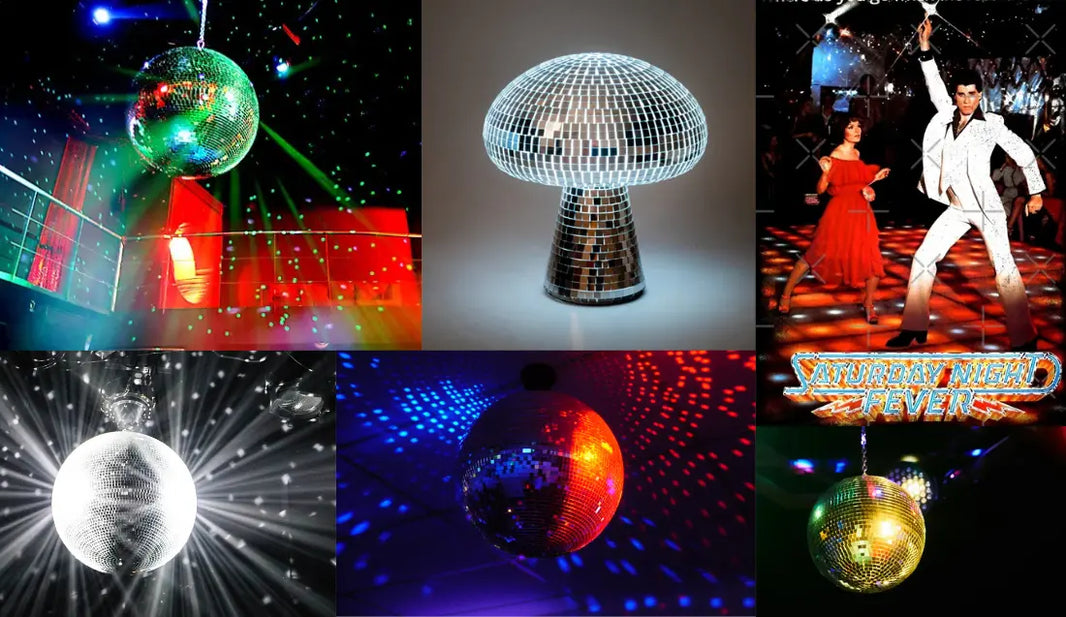In the landscape of good luck charms, few are as iconic as the Maneki-Neko. How did this cat become a universal symbol of luck and prosperity? In this article, we’ll explore the fascinating origin of the Maneki-Neko , the meanings associated with its different variations, and why it continues to hold a special place in the hearts and homes of so many.

What is a Maneki-Neko?
The Maneki-Neko is a traditional Japanese figurine, often called a "lucky cat" or "inviting cat." It usually depicts a cat sitting with one paw raised, appearing to greet or invite people in.
The Maneki-Neko is considered a symbol of luck and prosperity for the Japanese, often placed at the entrance of stores, restaurants and homes to attract fortune... and customers!

The Origin of Maneki-Neko
The origin of the Maneki-Neko is shrouded in legend and mystery ~ and while there is no definitive historical proof as to its exact origin, there are several folk tales that explain how the figurine became a symbol of good luck in Japan (before being exported around the world!)

The main legends
- The Legend of Gotokuji Temple:
In the 17th century, a feudal lord on his way to Edo was caught in a violent storm and took refuge under a tree.
As he waited for the storm to pass, he noticed a cat that seemed to be waving at him with its paw. Intrigued, the lord followed the cat to the dilapidated temple where it resided.
Soon after, a lightning bolt struck the tree where the lord had taken shelter earlier. The event made him realize that the cat had just saved his life.
In gratitude, the lord made donations to the temple, allowing its renovation. This cat then became a symbol of good luck, and it is said that the Maneki-Neko is based on it.

- The legend of the courtesan:
Another legend tells of a courtesan named Usugumo, who worked in the Yoshiwara pleasure district of Edo. She had a cat that she loved very much.
One day, the feline began to pull on his kimono, and despite his efforts to push it away, the feline persisted.
Thinking the animal was possessed, the brothel owner cut off its head. The severed head flew through the air, and ended up biting a venomous snake about to attack Usugumo, the courtesan.
Saddened by the loss of his cat, which had just saved the young woman's life, a customer carved a statue of the cat in her honor, thus giving birth to the Maneki-Neko.
Historical origin
Historically, the first representations of the Maneki-Neko appear at the end of the Edo period (1603-1868). This is a pivotal time in the development of Japanese society. But the cat figurine really became popular during the Meiji era (1868-1912).
The development of trade and the opening of Japan to external influences contributed to the diffusion of this figurine.

A maneki-neko holding a Daruma doll (19th century)
In Japanese culture
The Maneki-Neko gradually spread throughout Japanese culture, becoming a good luck charm for merchants and households. Today, it is found in many shapes and sizes, not only among the Japanese, but also in other Asian countries and around the world, where it is used to attract luck, happiness and prosperity.
Worldwide distribution:
The Maneki-Neko was imported to Western countries by merchants and restaurateurs, particularly those operating in sectors related to Asia.
This symbol of fortune and prosperity thus found its place in very diverse commercial environments, reinforcing its image as a universal lucky charm.
Want to discover the origins and evolutions of pop culture? Read my article dedicated to pop culture .
 A more modern and designer looking Maneki-Neko , with a moving paw.
A more modern and designer looking Maneki-Neko , with a moving paw.In short, although the exact origin of the Maneki-Neko remains uncertain, these legends and its history have helped make it an enduring symbol of good fortune in Japanese culture.

Today, the Maneki-Neko comes in an infinite number of different forms. Discover our collection .
Where to place a Maneki-Neko?
The placement of a Maneki-Neko is important to maximize its symbolic effect of good luck and prosperity. Here are some tips on where to place it depending on what you want to attract:
At the entrance to the house or store:
- Purpose: to attract luck and prosperity.
- Tip: Place the Maneki-Neko near the entrance, facing outward, to "invite" good fortune (and customers!) to enter. This is a common placement in stores, restaurants, and other businesses to attract visitors.
In an office or workspace:
- Goal: to promote professional success.
- Tip: Placing the Maneki-Neko on your desk or in your workspace can symbolize good luck in your career and attract new opportunities.
In the living room or main room:
- Purpose: To bring general luck and protection to the family.
- Tip: According to traditional beliefs, a Maneki-Neko in a room where the family often gathers can enhance positive energies and good fortune for the members of the household.

What are the different Maneki-Neko?
There are a wide variety of Maneki-Neko designs, each with its own characteristics and symbolism. Here is an overview of the main types:
Models according to the position of the leg:
- Left paw raised:
This pattern is meant to attract customers and is often used in shops. The raised paw seems to invite passers-by to enter. - Right leg raised:
This pattern is associated with wealth, money and prosperity. It is popular with entrepreneurs who want to attract fortune. - Both legs raised:
This pattern symbolizes both protection and double luck. It is believed to offer both good luck and protection from evil spirits or difficulties.
 Several types of Maneki Neko, some of which raise both legs at the same time.
Several types of Maneki Neko, some of which raise both legs at the same time.
Models by color:
- White :
Symbolizes purity and happiness. It is a common choice to bring positive energies into a home or business. - Black :
Used to protect against evil spirits and negative influences. This model is often placed in places where one wants to feel safe. - Gold :
Associated with wealth and financial prosperity. This pattern is popular among traders and people wishing to attract abundance.
 A gold colored model. Discover it here .
A gold colored model. Discover it here .
- Red :
Used to ward off disease and provide protection from danger. This model is often used in homes to protect the inhabitants. - Green :
Symbolizes health, safety, and academic success. Often used by students or in educational environments.
- Pink :
Represents love and relationships. This pattern is chosen to attract love or improve existing relationships. - Blue :
Symbolizes academic success and wisdom. It is often used by students or in work spaces.
- Koban (gold coin):
The Maneki-Neko can hold an oval coin, called a koban, which was used in Japan during the Edo period. This coin symbolizes wealth and fortune - Bell and necklace:
The cat often wears a collar with a bell, a symbol of wealth and protection. This is also reminiscent of domestic cats from the Edo period who wore similar collars. - Fish or other object:
Some Maneki-Neko hold a fish (often a koi) or other symbolic objects. The fish represents abundance and prosperity.
- Sitting, traditional Japanese model:
The classic posture with one paw raised is the most common, symbolizing welcoming. - Sitting with both legs raised:
This model, with both legs raised, is supposed to offer double protection and luck.
- Modern Maneki-Neko:
There are modern, stylized versions of the Maneki-Neko, often with artistic variations or technological additions such as solar figures where the paw moves continuously.
These different versions allow the Maneki-Neko to adapt to various occasions and intentions, whether to attract luck, wealth, health or love.
Want to learn about the origins and evolutions of pop culture? Read my article dedicated to pop culture .

Conclusion
The Maneki-Neko is much more than just a decorative figurine. It is a symbol rich in meaning and deeply rooted in Japanese culture. Its origin, shrouded in legend and mystery, adds to its charm and universal appeal. Whether it is used to attract good luck, prosperity or protection, the Maneki-Neko finds its place in many homes and businesses around the world. Whether you believe in its power or simply appreciate it for its aesthetic, the Maneki-Neko remains a timeless symbol of good fortune and positivity.








